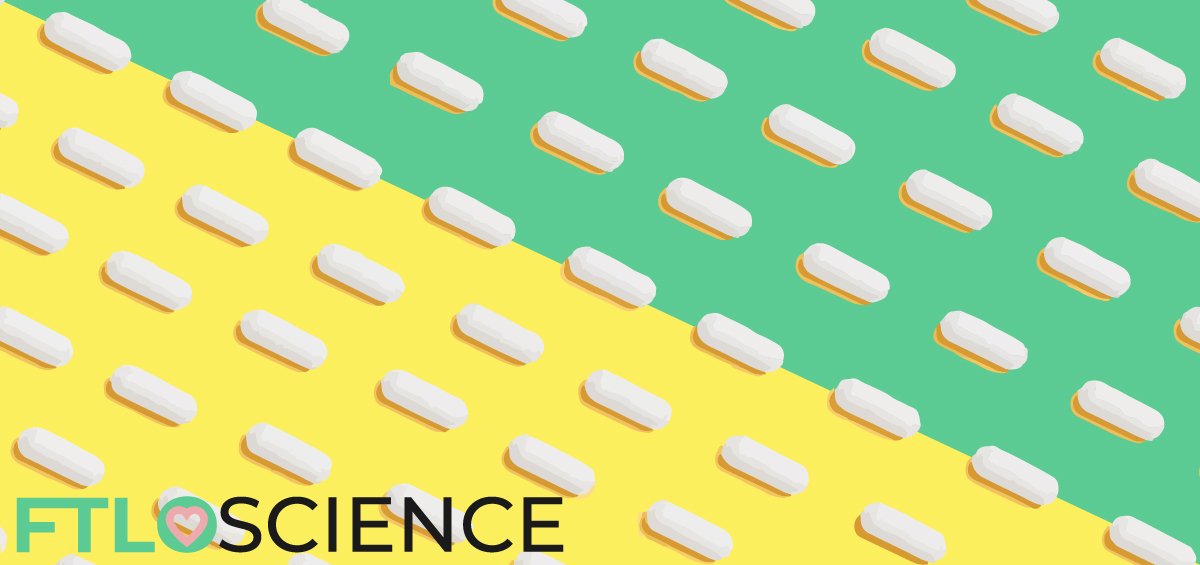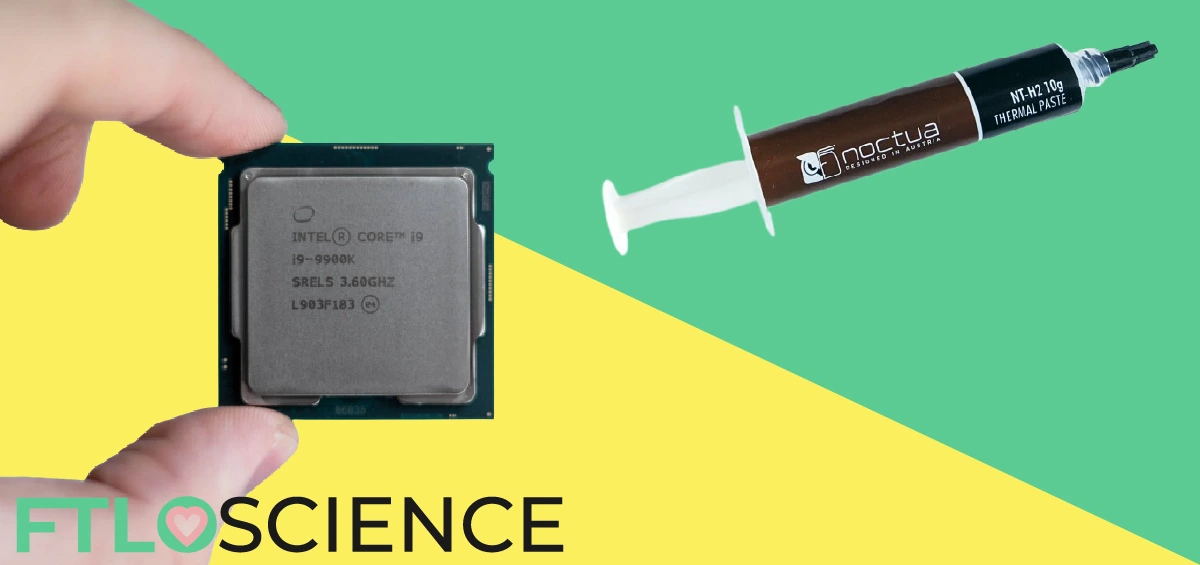Scientific advancement is built upon past knowledge. The successes (and failures) of generations of scientists shape how we understand the world today. This is also true in medicinal chemistry, where new drugs are constantly being developed to improve existing versions. Taking inspiration from existing drugs and making small modifications to them, many drugs have been developed in this manner. This article looks at the good and the bad of me-too drug design.
Although there isn’t a set definition of what a me-too drug is, we can view them as groups of drugs with similar chemical structures and therapeutic activity. Statins, for example, are a class of me-too drugs that lower cholesterol, with the blockbuster drug Lipitor resulting from small changes to existing statins. However, me-too drugs have been accused of being barriers to innovation. Building on existing drugs that target the same disease slows down the development of drugs for new diseases.
What’s a ‘Me-Too’ Drug?
Me-Too Strategy in Drug Design
Me-too drugs are the copycats of the drug design world, using the basic chemical structure of an existing drug and making slight modifications to it. These tweaks can result in a molecule that improves upon its parent—such as having better tolerance, specificity and efficacy—while preserving the original disease target.
Me-too drug design is a popular strategy in medicinal chemistry, as it builds on already available knowledge and research surrounding the initial compound. Firstly, this greatly reduces the time and cost to discover new lead compounds. Secondly, me-too drug design is tried and tested, with many drugs today the result of this strategy!
Lipitor Improved Upon Existing Statins
Statins are a class of drugs designed to safely reduce the production of low-density lipoprotein, or ‘bad cholesterol’, in our bodies. The first statins to make it onto the market were developed by U.S. pharmaceutical company Merck, beginning in 1987. Having invested heavily in statin research, Merck continued to churn out several generations of statins, each more potent than the last. However, the real jewel in the statin crown was to be uncovered by Pfizer.

Taking inspiration from previous, Pfizer developed a me-too statin of its own in 1997. Despite being late to the game, atorvastatin was a class apart in several human clinical trials. Pfizer marketed atorvastatin as Lipitor, emphasizing its superior potency in an aggressive advertising campaign. But being the 5th drug of its class to be approved, initial projections for Lipitor sales were conservative at best.

Just a year after its launch, however, Lipitor’s sales had skyrocketed past the US$1 billion mark. To this day, it remains the best-selling medicine in history in terms of total revenue generated. Not bad for a me-too drug!
Anafranil—The Innovative Copycat
Some me-too drugs uncover new mechanisms and effects that are not present in previous generations. A case in point is the tricyclic antidepressant clomipramine (Anafranil), developed by Swiss pharmaceutical company Geigy (now Novartis) in 1968. Tricyclic antidepressant drugs had already been discovered ten years earlier, with the pioneers being none other than Geigy themselves.

In that span of time, about 10 more drugs of the same class had already been developed, but Anafranil held a unique advantage. Tricyclic antidepressants work by inhibiting neurotransmitter reuptake in the brain, but their lack of selectivity causes inhibition of sodium and calcium channels, increasing the risk of heart failure in the event of an overdose.
As well as being an effective antidepressant, Anafranil is highly specific to the serotonin receptor while having less of an effect on others1. This led to future antidepressant research efforts surrounding this mechanism of action. Today, selective serotonin reuptake inhibitors (SSRIs) are a widely prescribed class of drugs. The SSRIs fluoxetine (Prozac) and sertraline (Zoloft) see tens of millions of prescriptions each year.
Me-Too Drugs and Innovation
As of 2020, the World Health Organization’s list of essential medicines for a healthcare system consists of over 370 drugs, of which 60% can be considered me-too drugs2. Despite their widespread success, there is controversy surrounding the me-too strategy, particularly because it discourages innovation.
A Lack of Innovation?
It has long been a concern that me-too drugs are not innovative, as they rely on existing drugs. In fact, the term ‘me-too drug’ was coined as a derogatory term in the 1950s to emphasize the issue of how pharmaceutical companies approached drug design. It was the case that every time a new drug class was discovered, others rushed aboard the bandwagon to develop something similar.
The entire process of drug discovery and development costs roughly US$2 billion per approved drug. By making incremental improvements to tried and tested drugs, pharmaceutical companies often adopt me-too strategies to hedge the risk that often comes with novel innovation.
If the profitable strategy in drug discovery is to rely on the groundwork of others, who would willingly step up to develop the first iteration of a new drug class? Me-too drugs hurt innovation by eating up the resources that could be used to bring new medicines (targeting new diseases) to the market. Perhaps more worryingly, research efforts into new treatments for currently incurable diseases would be hampered by pharmaceutical companies churning out yet another me-too drug.
The current drug market is saturated with drugs for pain, high cholesterol, heart disease, rheumatoid arthritis, etc. Apart from being commonly diagnosed, many are considered ‘Western’ diseases in that treatment is often sought in developed countries. As a result, pharmaceutical companies continue to produce these drugs, knowing their patients can afford to pay for them.
Alternative Perspectives
While other disease areas remain underserved, having multiple drugs for a specific indication provides a buffer against drug shortages. This is especially important for drugs still under patent protection, as generic versions would not yet be available. Furthermore, having an extensive array of certain medications like antibiotics is not necessarily bad, as they may provide alternative treatments against antibiotic-resistant bacteria.
Perhaps a compromise can be reached by regulatory agencies only approving me-too drugs that show considerable improvements over existing ones. Clinical trials usually compare the drug candidate with a placebo to determine efficacy, rarely with existing drugs on the market. Doing this instead would reduce the number of me-too drugs that elicit identical responses, forcing more innovative research to produce tangible improvements.
Room for Both Novel and Me-Too Drugs
Regulatory agencies like the U.S. Food and Drug Administration (FDA) offer fast-track and accelerated review programs for new and novel drugs. These drugs enter the market earlier with extended patent protection, generating more revenue for the company that developed them. Incentives for innovation, such as the FDA’s priority review voucher, further rewards companies that develop drugs against tropical or rare diseases.
Our knowledge of rational drug design remains very primitive. Despite decades of well-funded research, luck and chance still play a significant role in uncovering new and innovative compounds with therapeutic activity. That’s why—from a financial perspective—the me-too drug strategy shows no signs of going away. They provide pharmaceutical companies a means to stabilize their revenues while also ensuring a healthy supply of alternative options in the case of drug shortages.
Reference
- Shorter, E. (2014). The 25th anniversary of the launch of Prozac gives pause for thought: where did we go wrong?. The British Journal of Psychiatry, 204(5), 331-332.
- Aronson, J. K., & Green, A. R. (2020). Me‐too pharmaceutical products: history, definitions, examples, and relevance to drug shortages and essential medicines lists. British Journal of Clinical Pharmacology.
About the Author

Sean is a consultant for clients in the pharmaceutical industry and is an associate lecturer at La Trobe University, where unfortunate undergrads are subject to his ramblings on chemistry and pharmacology.




